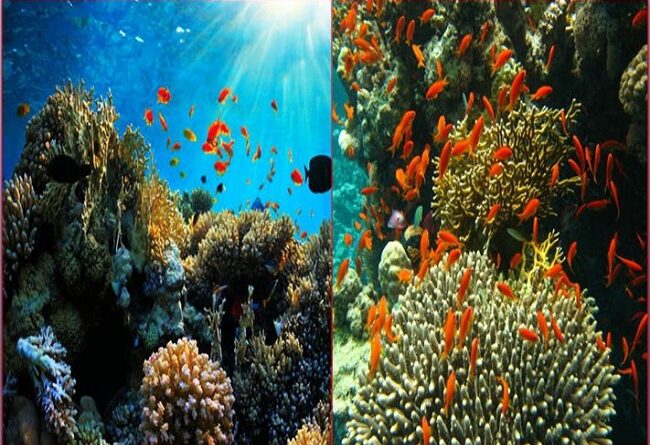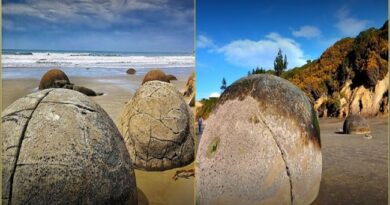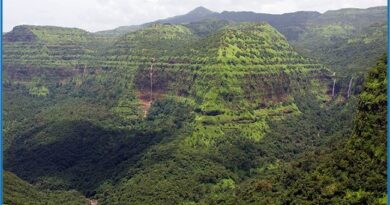India’s hidden Coral reefs- Gulf of Mannar and Gulf of Kutch
India’s hidden Coral reef
Coral reefs are one of the most diverse marine ecosystems on Earth. Corals grow over a long period of time and have been in existence for about 200 million years. Corals reached their current level of diversity about 50 million years ago. They play an essential role in the marine ecosystem to support the habitats of flora and fauna in the sea. The major reef formations in India are found in the Gulf of Mannar, the Gulf of Kutch, the Andaman and Nicobar Islands, and the Lakshadweep islands. The Lakshadweep reefs are atolls and the others are all fringing reefs.

Coral reefs are shallow water, tropical marine ecosystems which are characterized by rich fauna and flora. Corals require certain environmental conditions to occur and flourish only in shallow waters, exposed to direct sunlight. Corals needed an optimum temperature of 23-25°c and were free from suspended sediments. The structure of a Coral is formed by the calcareous skeleton, a soft-bodied, radially symmetrical, marine invertebrate of the phylum coelenterate.
The Gulf of Mannar
The Gulf of Mannar reefs developed around a chain of 21 islands that lie along the 140 km stretch and 25 km wide between Tuticorin and Rameswaram. The islands lie at an average of about 8 km from the mainland. Different coral reefs form such as shore platforms, patches, coral pinnacles, and atolls observed in the Gulf of Mannar. The islands have fringing coral reefs.
Andaman and Nicobar Islands
The Andaman and Nicobar group of Islands are located in the South-East of the Bay of Bengal. They consist of 350 islands, of which only 38 are inhabited along with a number of exposed islets and rocks. Almost all the islands of the Andaman and Nicobar groups consist of narrow, linear, and extensively well-developed fringing coral reefs.

The Gulf of Kutch
The southern shore of the Gulf of Kutch is fringed by numerous life and some dead coral reefs.
The coral formations of the Gulf of Kutch represent one of the extreme northern limits of corals in the Indian Ocean. The approach to the corals is difficult due to the existence of vast intertidal mudflats.
These reefs are mostly of fringing type along with offshore platform reefs, patch reefs, and coral pinnacles. There are some 40 islands with patchy coral formations of which the largest is Pirotan Island.
Also, read- World’s Deepest and Devastating Sinkholes- “The Zacaton sinkhole”, Take a Geotourism around the mysterious place
West Coast of India
India’s hidden Coral reefs are worldwide recognized. The west coast of India between Bombay and Goa is reported to have submerged banks with isolated coral formations. Coral patches have been recorded in the intertidal regions of Ratnagiri, Malvan, and south of Bombay. Hermatypic corals along the shore are reported from Quilon on the Kerala coast to Tamilnadu.

The Lakshadweep Islands
The Lakshadweep islands lie in the Arabian Sea about 225 to 450 km from the Kerala coast. The islands consist of coral formations built upon the Laccadive-Chagos submarine ridge. India’s hidden Coral reef in Lakshadweep along with the Maldives and the Chagos Archipelagoes form an interrupted chain of coral atolls and reefs on a contiguous submarine bank covering a distance of over 2000 km.



